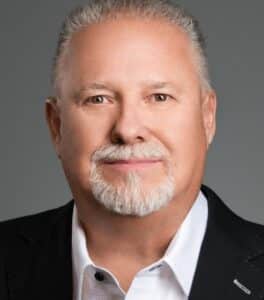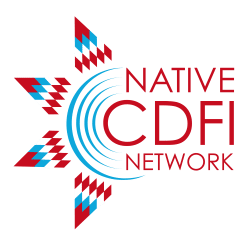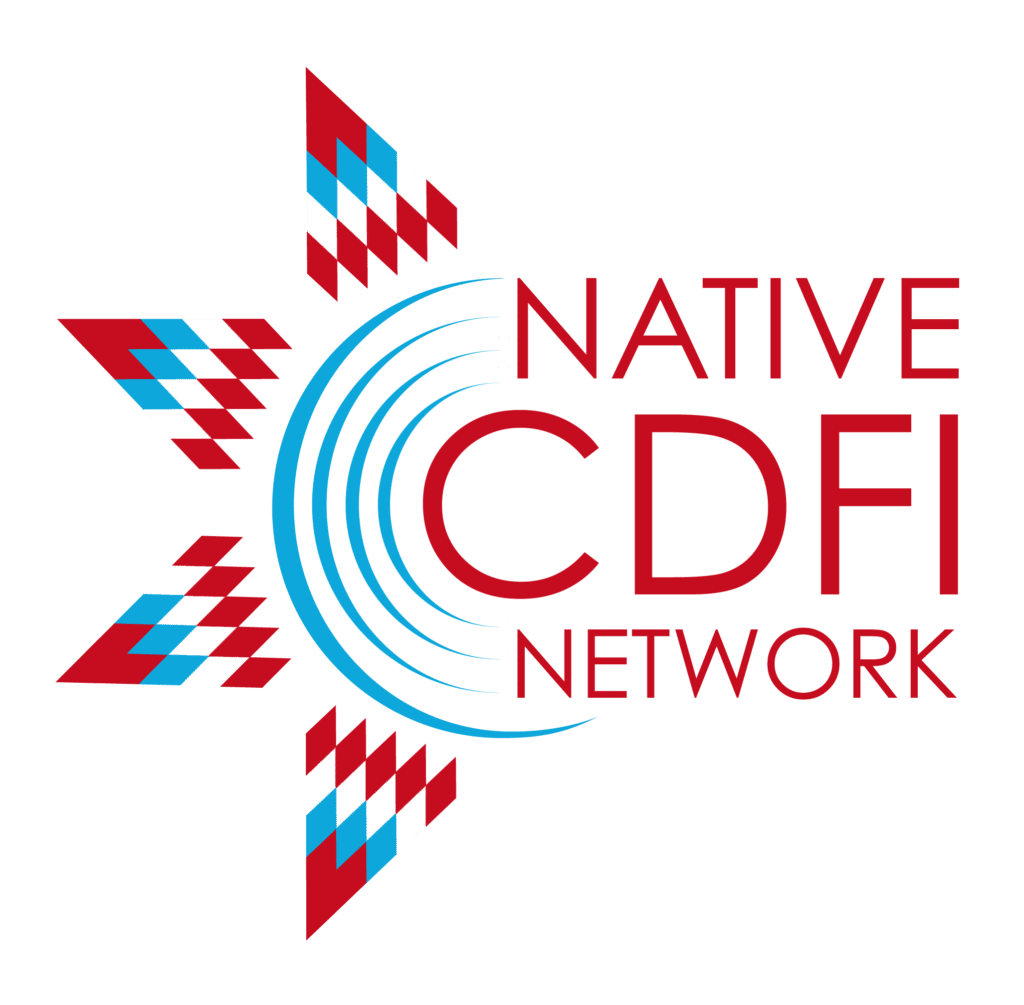
An enrolled member of the Turtle Mountain Band of Chippewa Indians, Brunkow joined ILCC in September 2015. He previously served as an investment banker for Wells Fargo with a focus on government infrastructure in Indian Country. He also served as Solicitor General for the Mille Lacs Band of Ojibwe, and Chief Legal Counsel for the Turtle Mountain Band of Chippewa Indians. He has an extensive background in Indian Country gaming and non‐gaming economic development projects.
In this insightful conversation with NCN, Rjay shares an overview of ILCC’s rapid growth as a financier of tribal land reacquisition efforts, and how the ILCC model is proving that Native nations are a good credit risk and thus worthy of increased investment.
NCN: Greetings Rjay, it’s good to have you with us today. Welcome.
Brunkow: Thank you for having me. I’m always eager to discuss the work we do here at ILCC.
NCN: Why do you do what you do? How did leading Indian Land Capital Company become your life’s calling?
Brunkow: I started my career as an investment banker for Wells Fargo, where I was working on tribal infrastructure projects, getting funding for them, and then packaging the debt to sell on the bond market. From there, I took a position as chief legal counsel for the Mille Lacs Band of Ojibwe in Minnesota, which was good timing because they were just about to begin a $100 million build-out of their Hinckley property, so I was intimately involved in the financing details and the actual construction process. Then I went to work for my own tribe, Turtle Mountain up in northern North Dakota. One good thing that came out of that I was their legal counsel when they did a $40 million new casino, so I negotiated that financing agreement and many of the vendor contracts as well. During that process, I realized I could have a much greater impact being on the finance side than I could ever make on the law side. I started looking around for such an opportunity, and this golden opportunity was sitting here. I always tell people I don’t really have a job. I found a firm that pays me to travel the country and talk to tribal leaders about their plans, hopes, and dreams to make their communities a better place for tribal members. To me, that’s not a job, that’s a privilege, and I never, ever take it for granted.
NCN: As you know, there are more than 70 federally certified Native CDFIs across the country and many more “emerging” CDFIs following in their footsteps. From your perspective, why did Native communities feel it necessary to create CDFIs, and what fundamental role do they play?
Brunkow: You’ve interviewed enough people to know the tremendous gap in available capital in Indian Country. Native CDFIs were born out of the need to get new capital into Indian Country. ILCC was born out of an idea Cris Stainbrook and Elouise Cobell had together. They formed ILCC as a model to traditional lenders that Indian tribes are a good credit, that you don’t need to take a mortgage on their land to lend them money. We lend to tribes like Wells Fargo lends to the State of California. We ask for a full faith and credit pledge, and that’s good enough for us. In 15 years, we’ve never had a tribe default.
I meet with traditional bankers all the time because that’s the source of our funding. Every single time, they are just blown away that we don’t take a mortgage on the land deals. They literally say to me, “How do you get paid back?” It’s crazy. Our model has proven that tribes are a good credit.
“ILCC [was formed] as a model to traditional lenders that Indian tribes are a good credit, that you don’t need to take a mortgage on their land to lend them money. We lend to tribes like Wells Fargo lends to the State of California. We ask for a full faith and credit pledge, and that’s good enough for us. In 15 years, we’ve never had a tribe default.”
NCN: What do policymakers, philanthropy, financial institutions, and the general public need to understand about Native CDFIs? Where’s the knowledge gap the greatest?
Brunkow: It’s the traditional bankers. They are so used to securitizing every asset they can get their hands on. The concept of not having land as collateral is so foreign to them. I have a big job every time we meet a new bank to convince them that us not taking collateral is not going to lead to them not being paid back by us. We have to convince them that, “If you give us the $10 million, you’re going to get repaid.” We’ve never defaulted on any debt. We’ve never even been a day late on any debt we have. But it’s a big job to convince banks. And then that bank representative has to go back and convince a group of people about everything I said. It’s always interesting that phone call I get after that first presentation where the representative tells me the roadblocks he or she is encountering – and it’s always collateral.
NCN: Tell us more about Indian Land Capital Company. According to ILCC’s website, its mission is to help Native nations recover, manage and gain jurisdiction over 90 million acres of alienated tribal land, assist them in consolidating undivided interests in land with fractionated ownership, eliminate “checkerboarding” on Indian reservations, and strengthen tribal communities and sovereignty. So what does this look like in practice?
Brunkow: It takes the form of a promissory note. We structure our loans to meet the needs of the tribe. The only real restriction we have is we don’t generally go over 20 years. Otherwise, we structure that so the tribe can be successful in making their debt service. We don’t take the land as collateral for two reasons. The first is once a tribe acquires a piece of land, we don’t ever want that land put at risk again. If the tribe can’t make the debt service, we’ll figure something out. We’re not interested in owning land on an Indian reservation. The second is with no mortgage on the land, the tribe is then free to immediately begin the process of putting it into trust. That clears a lot of hurdles for them because it’s almost impossible to get land into trust with a mortgage attached.
 ILCC’s Rjay Brunkow with Kashia Band of Pomo Indians Chairman Reno Franklin at the Band’s land dedication ceremony in 2017. (Courtesy: Indian Land Capital Company)
ILCC’s Rjay Brunkow with Kashia Band of Pomo Indians Chairman Reno Franklin at the Band’s land dedication ceremony in 2017. (Courtesy: Indian Land Capital Company)NCN: Can you provide us some insight into the land histories of the Native nations ILCC helps, and how important it is for them to reclaim ancestral lands that are integral to who they are?
Brunkow: There’s a video on our website where you’ll learn about the Kashia Band of Pomo Indians in California. The Kashia Band back in the day was a Pacific Coast tribe that got kicked inland by the government. ILCC structured a loan to help them buy a ranch that gave them access to the Pacific Coast for the first time in 200 years. I went to their land dedication ceremony after we completed the acquisition. The chairman shared that they’re now free to dance next to the ocean, where the last time they did that, they were shot. So it was a big deal for the community.
NCN: ILCC is a for-profit venture. How has its structure helped it secure an increasing flow of capital to serve the massive needs of Native nations for land reacquisition?
Brunkow: ICC is structured as a for-profit entity. That was done for a reason. The Indian Land Tenure Foundation owns ILCC and it gives grants all throughout Indian country, and the concern at the time was they didn’t want a tribe to say, “Well, it’s ILCC – that’s a grant, not a loan. So the Foundation made us for-profit so tribes understood it had to be repaid. We actually function like a non-profit because the Foundation has pledged it will not take a nickel of profits or a dividend of any kind from ILCC until all 90 million acres of alienated land in the United States is back under Indian ownership and control. That’s a valuable pledge we make. We make a profit here every year, but that money goes right back into the lending pool to be available for another tribe to complete a land acquisition or an economic development project.

We work more like a private equity credit fund. We don’t take deposits and don’t have any other banking business. We just do loans to tribes, and we do 3-4 loans a year depending on available capital. We don’t have a huge portfolio, but we’ve grown tremendously, from $5 million in 2015 to $30 million and 19 active loans today. When we first started out, we had loans from several large national banks. One of our responsibilities every quarter was to submit our covenant compliance, and one of the covenants in our loans with those banks was we would share our pipeline of prospects with them. We have rules about how you make it in our pipeline. I need three years of financials. The project has to be viable by my judgment and our board’s judgment as well. So the banks, when our loans came up for renewal, said, “We’ve been looking at your pipeline and we think you’re taking business away from us, so we’re not going to lend you any more money.” So we had to repay all those loans. I tried to tell them, “Trust me, you wouldn’t touch a single loan in my portfolio.” Because they just would never get by a bank. But they abandoned us. It took us a couple of years, but we finally made some headway with regional banks. And so now we’ve had relationships with banks like Associated, Sunrise Bank, Bell Bank, Minnwest Bank. They underwrite us like a normal business, so they’re not giving us any breaks, that’s for sure. But our cash flow and balance sheet convinced them that we’re serious.
NCN: ILCC’s portfolio has grown to $30 million, but does your capital demand pipeline still exceed what you’re able to supply?
Brunkow: Our pipeline is $47 million right now as we’re talking. I did a very large loan in June so I’m temporarily out of capital. That’s $47 million in unmet need that only I know about. There are many tribes that don’t even know ILCC exists.
NCN: How have you seen ILCC’s investments in land acquisition catalyze Native nations’ ability to build their economies, strengthen their communities, and revitalize their cultures?
Brunkow: Often, when a project gets completed and it’s an economic development project and it starts cash flow and it starts to build resources for the community, it’s not only the money that helps, it’s the sense of community pride in that project. “Look, we did something and it’s working really well!” That creates momentum. Some of our borrowers are borrowing for the third time because they did a project, it took off, they did another project, it took off, and now they’re working on a third. So many reservations, especially ones that we work with here, are in isolated areas. They’re not in metropolitan areas, so their little mini economies get very little new capital, so an injection of new capital makes a world of difference and it often inspires other projects.
We also have some first-time borrowers in our portfolio. And when the pandemic hit, I called every one of our borrowers and I said, “You know, none of us has been through this before. We have no idea what to expect. But one thing you can do is not surprise me. If you’re running into an issue, call me. Let’s talk through it.” A couple of them literally said to me, “If we can’t pay any other bill, we’re paying you guys.” Sure enough, I never got a call during a pandemic. No one missed a payment.
NCN: ILCC has helped a significant number of Native nations. Is there a particular Native nation that you feel is most powerfully emblematic of the positive impact that ILCC is making? Which success story most inspires you?
Brunkow: You might have read in the New York Times and many other publications about one that happened in June of this year. It was the Bois Forte Band of Chippewa in northern Minnesota, which acquired 28,088 acres of land. The unique thing about that deal was Indian Land Tenure Foundation, ILCC, and a program within the Foundation called National Indian Carbon Coalition worked together to structure the loan in a way to allow the tribe time to complete a carbon credit sale, the proceeds from which are going to fund the entire debt service for the tribe. So that 28,088 acres comes to the tribe at no cost. That’s a great deal and a great example of three entities working together for the benefit of a tribal community.
To learn more about Indian Land Capital Company, please click here.

